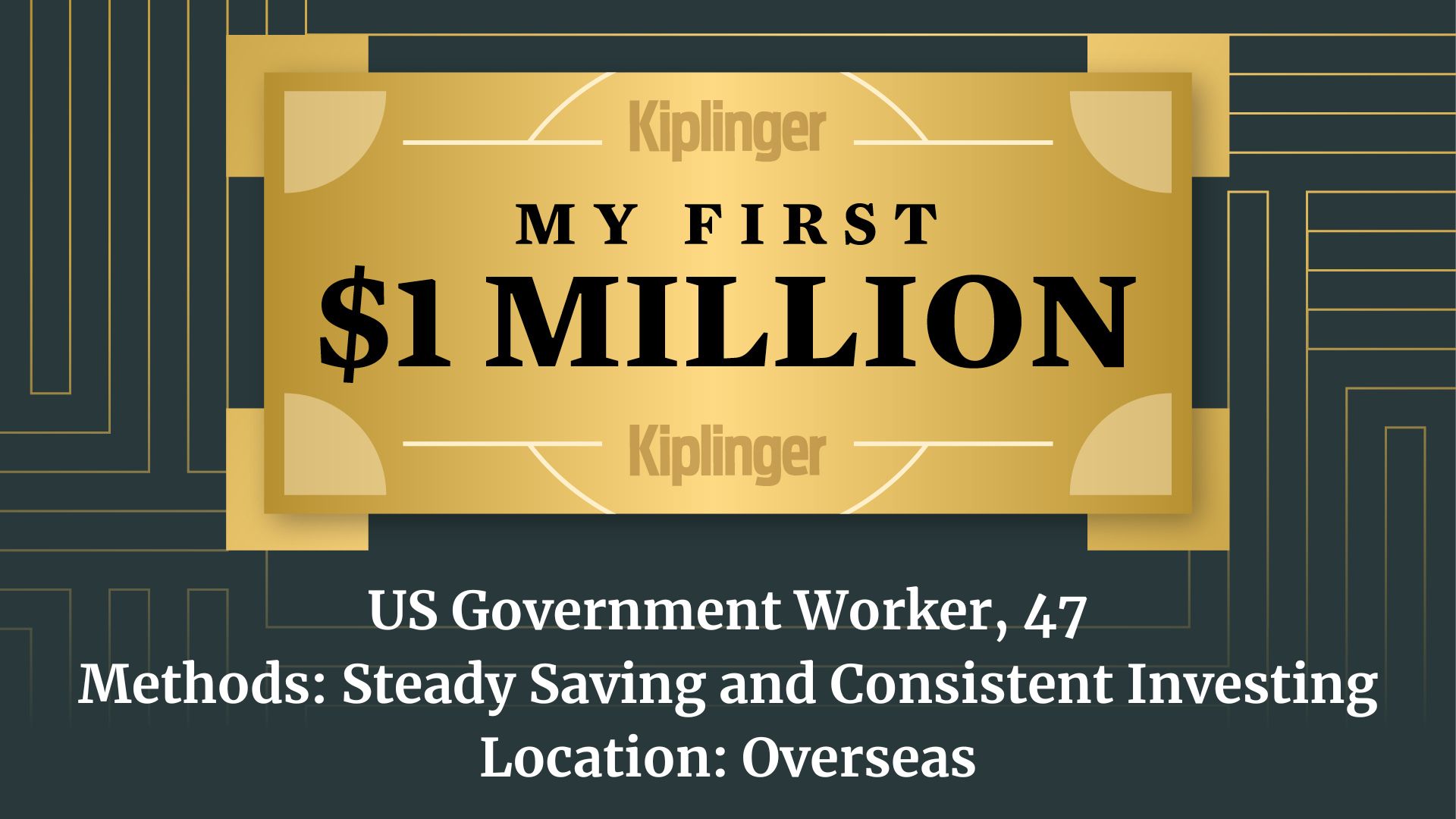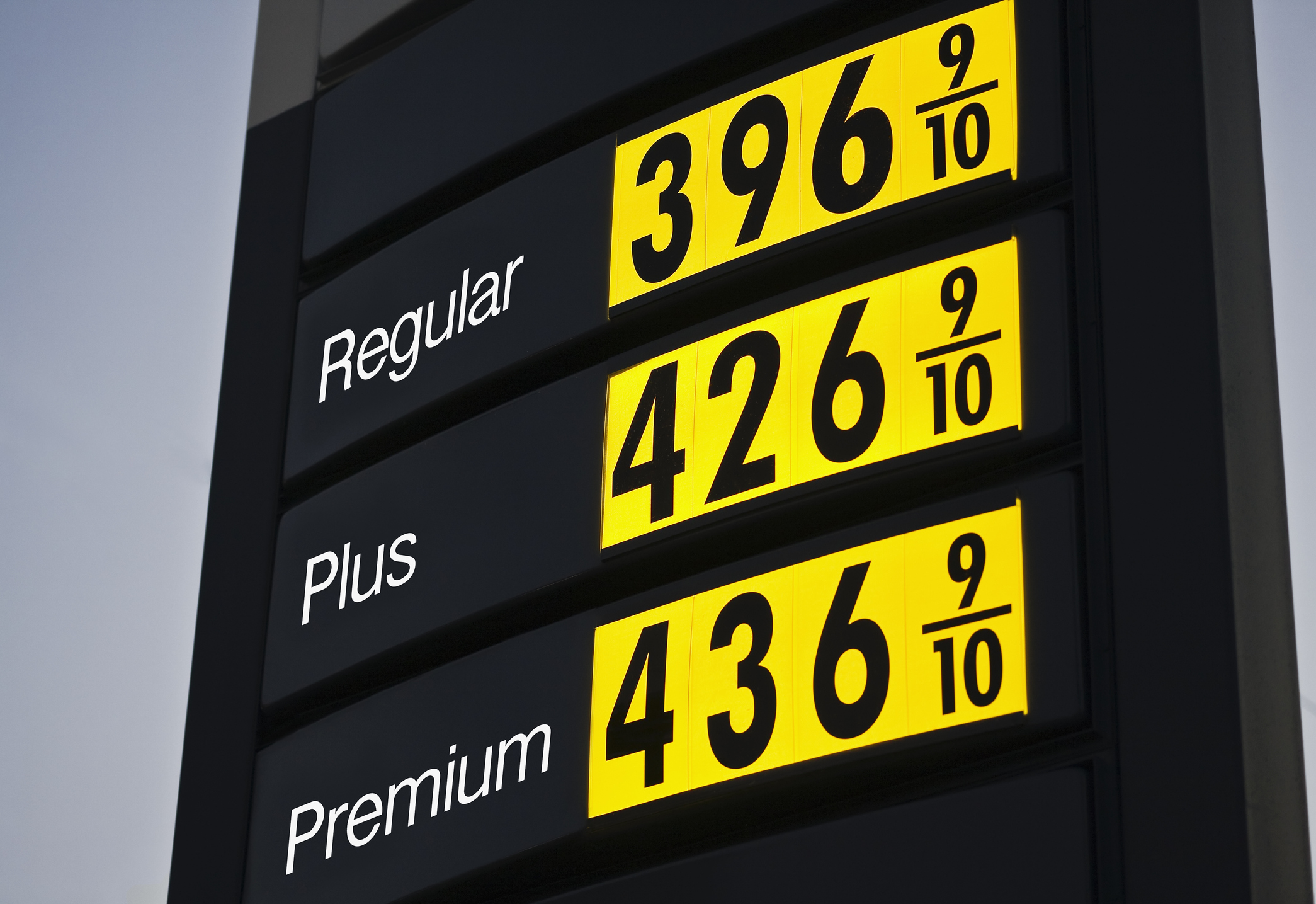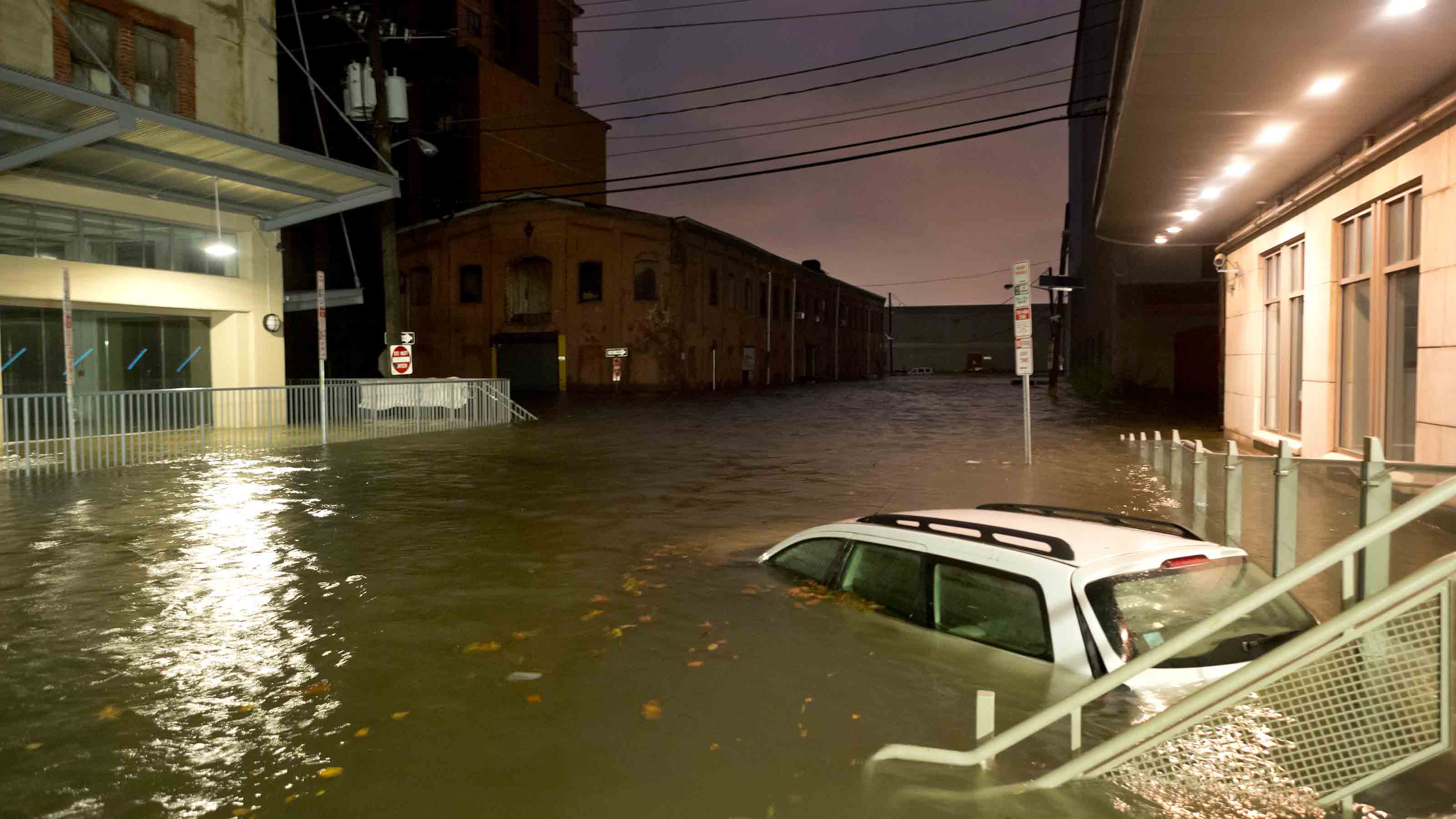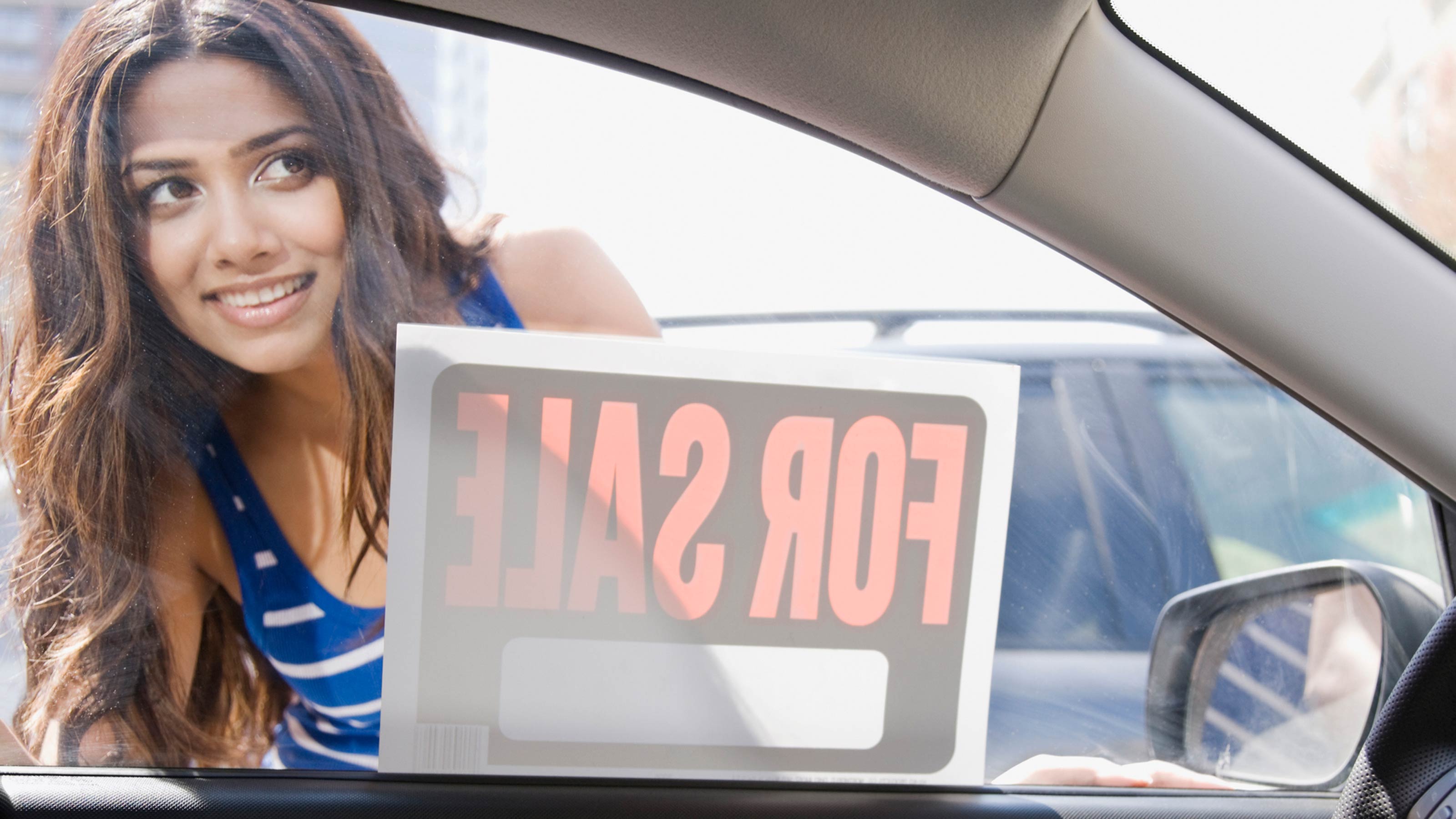Leverage a Low-Rate Car Loan
You could put less money down on a new car with a low-rate loan, and use the cash you free up to retire a higher-interest loan.

We have about $9,000 remaining on our car loan at 5.99% interest. We’ll be buying a second car soon and have been offered a 1.99% auto loan. Now we are wondering if we should use some of the money we had planned to use for a down payment on the new car to pay off the 5.99% loan and put less down on the car with the lower-interest loan?
That could be a good way to take advantage of today’s low interest rates if you’re going to buy a new car.
Find out how much of a down payment is required to qualify for the 1.99% rate -- a 10% down payment is common, says Greg McBride, senior financial analyst with Bankrate.com. “With a rate that low, there’s no incentive to put down more than you have to,” he says. And make sure your old lender doesn’t have a penalty for early payoff (most don’t for standard loans).
From just $107.88 $24.99 for Kiplinger Personal Finance
Become a smarter, better informed investor. Subscribe from just $107.88 $24.99, plus get up to 4 Special Issues

Sign up for Kiplinger’s Free Newsletters
Profit and prosper with the best of expert advice on investing, taxes, retirement, personal finance and more - straight to your e-mail.
Profit and prosper with the best of expert advice - straight to your e-mail.
You may be able to get an even better deal on your new loan, especially if you have a good credit score. Gerri Detweiler, of Credit.com, says the 1.99% is attractive, but the lowest national rate is currently just 0.74% for a four-year loan and 1.37% for a five-year loan. You could also refinance your current car loan -- the low is now 1.29% for a four-year loan, says Detweiler. You may also have to pay an application fee or closing costs to refinance.
Detweiler notes that if you do put little money down on the new car, you could be upside upside-down for a while -- meaning you owe more on the loan than the car is worth. You can minimize this problem by boosting the down payment, shortening the loan period, buying gap insurance to pay the difference between the car’s depreciated value and the loan balance if your car is totaled, or keeping extra money in savings to self-insure this potential risk.
If you have extra cash beyond the minimum down payment, ask yourself whether paying off the higher-interest loan on your other car really is your top priority. Consider your overall financial situation and how the extra money can help. “That cash may be better used to pad their emergency savings, pay down other higher-cost debts, or make an IRA or college-savings contribution,” says McBride.
Profit and prosper with the best of Kiplinger's advice on investing, taxes, retirement, personal finance and much more. Delivered daily. Enter your email in the box and click Sign Me Up.

As the "Ask Kim" columnist for Kiplinger's Personal Finance, Lankford receives hundreds of personal finance questions from readers every month. She is the author of Rescue Your Financial Life (McGraw-Hill, 2003), The Insurance Maze: How You Can Save Money on Insurance -- and Still Get the Coverage You Need (Kaplan, 2006), Kiplinger's Ask Kim for Money Smart Solutions (Kaplan, 2007) and The Kiplinger/BBB Personal Finance Guide for Military Families. She is frequently featured as a financial expert on television and radio, including NBC's Today Show, CNN, CNBC and National Public Radio.
-
 My First $1 Million: US Government Worker, 47, Overseas
My First $1 Million: US Government Worker, 47, OverseasEver wonder how someone who's made a million dollars or more did it? Kiplinger's My First $1 Million series uncovers the answers.
-
 Check Out These Opportunities Created by the New Tax Law
Check Out These Opportunities Created by the New Tax LawA deep dive into the One Big Beautiful Bill Act (OBBBA) reveals key opportunities in 2026 and beyond.
-
 Beat the Money Blues With This Easy Financial Check-In
Beat the Money Blues With This Easy Financial Check-InAs 2026 takes off, half of Americans are worried about the cost of everyday goods. A simple budget can help you beat the money blues and reach long-term goals.
-
 10 Things You Should Know About Buying a Car Today, Even if You've Bought Before
10 Things You Should Know About Buying a Car Today, Even if You've Bought BeforeIf buying a car is on your to-do list, and it's been a while since you went shopping for a new one, this guide will help avoid any nasty shocks in the showroom.
-
 Get the Best Car Deal in Retirement: Here's the Trick
Get the Best Car Deal in Retirement: Here's the TrickPlanning on shopping for a new car this Labor Day weekend? Here’s how to haggle for a better price, even though you're retired.
-
 7 Gas-Saving Tips That Actually Work
7 Gas-Saving Tips That Actually WorkThese are gas-saving tips that will actually work for you and your car this year.
-
 Want to Lease an EV? The Tax Credit 'Loophole' for That Is Going Away Soon
Want to Lease an EV? The Tax Credit 'Loophole' for That Is Going Away SoonTax Credits If you are deciding whether to lease or buy an electric vehicle, here is what you need to know about how the EV lease tax credit works now that it will be eliminated under Trump's new tax law.
-
 Car Buying in a Topsy-Turvy Market
Car Buying in a Topsy-Turvy MarketYou need a new car? Good luck with that! What should you do? We've got some answers.
-
 Watch Out for Flood-Damaged Cars from Hurricane Ian
Watch Out for Flood-Damaged Cars from Hurricane IanBuying & Leasing a Car In the wake of Hurricane Ian, more flood-damaged cars may hit the market. Car prices may rise further because of increased demand as well.
-
 Car Buyers: The 3-Day Grace Period Is Just a Myth!
Car Buyers: The 3-Day Grace Period Is Just a Myth!Buying & Leasing a Car Many car buyers think they have three days after making a purchase to return a car. Here’s where they’re going wrong, and what they should do instead to get a decent used car.
-
 PODCAST: Car-Buying in an Inflated Market with Jenni Newman
PODCAST: Car-Buying in an Inflated Market with Jenni NewmanBuying & Leasing a Car With cars both scarce and expensive these days, what to do if you want – or need – a new ride? Car-buying strategist Jenni Newman of Cars.com shares some tips. Also, more on the magical 9% savings bond.